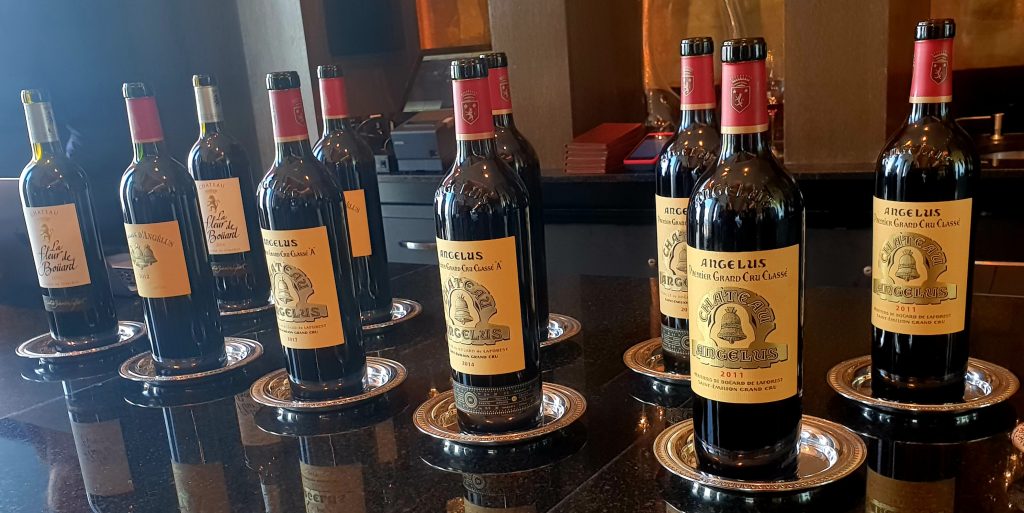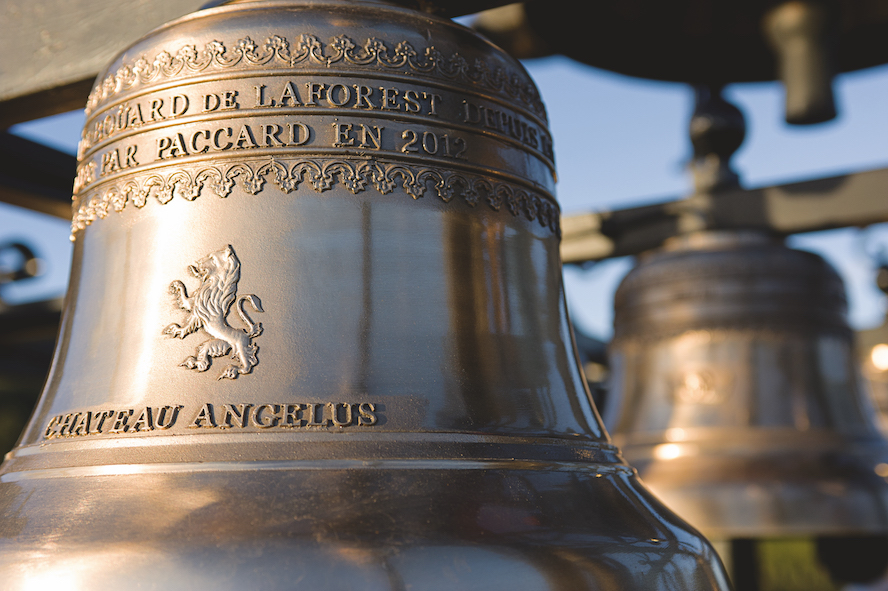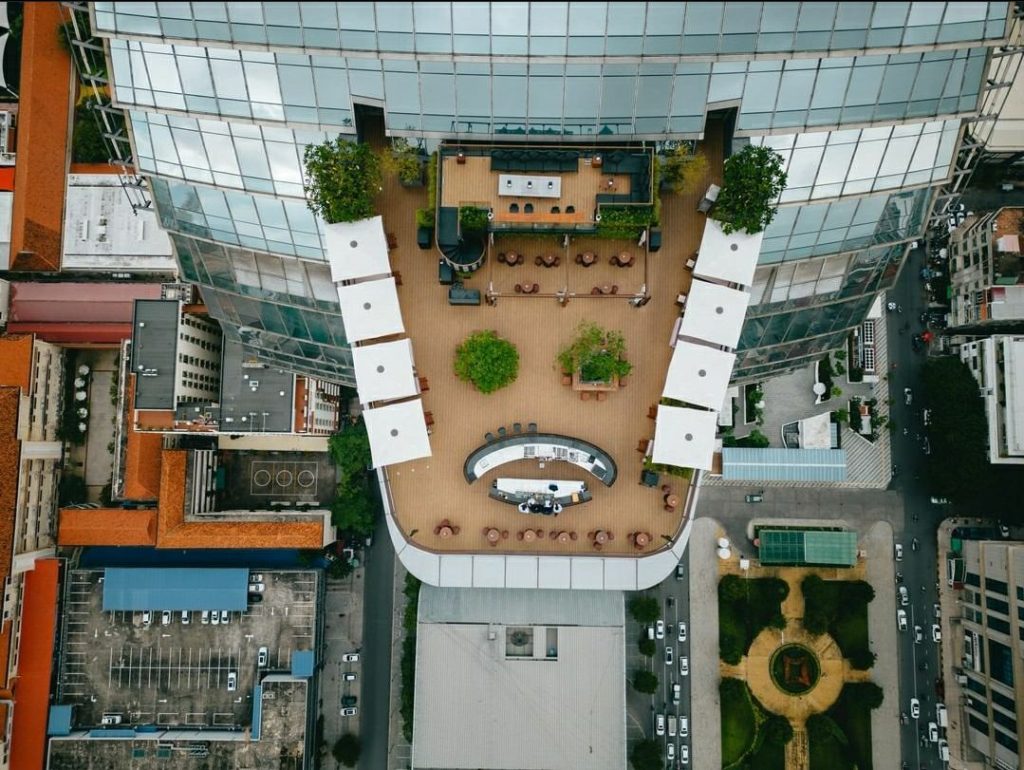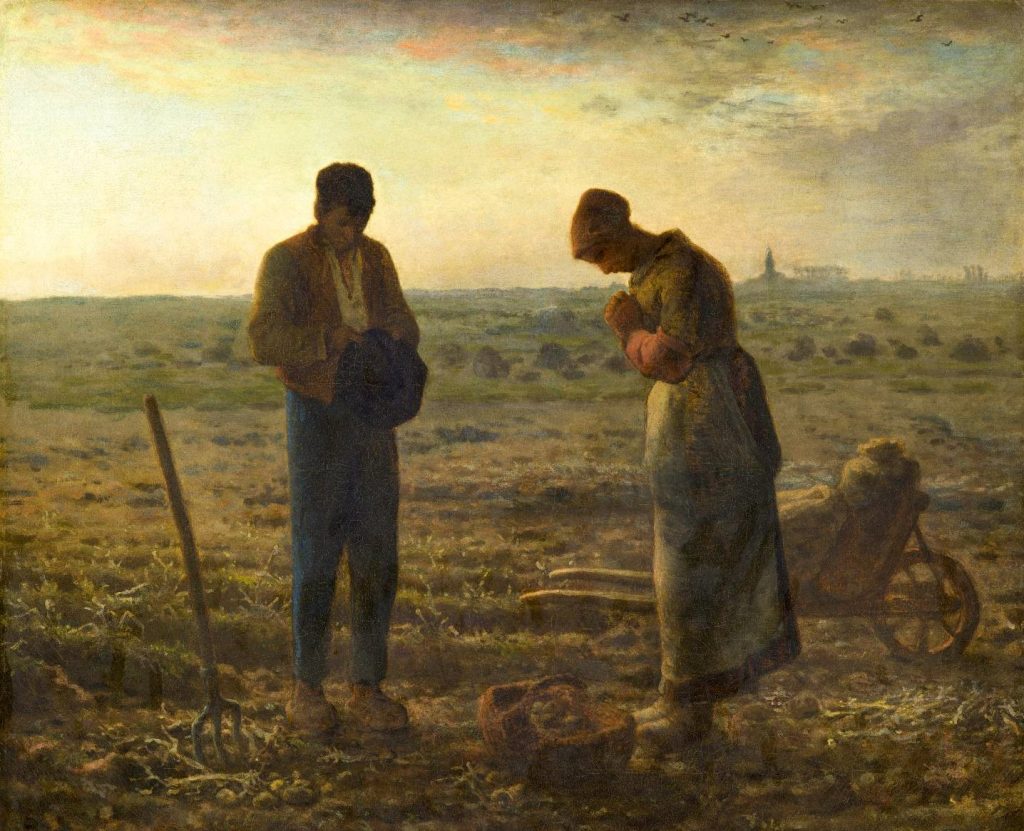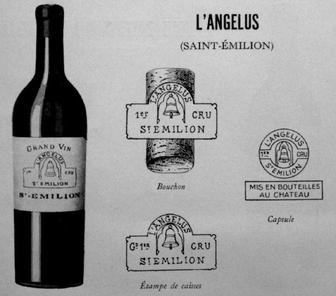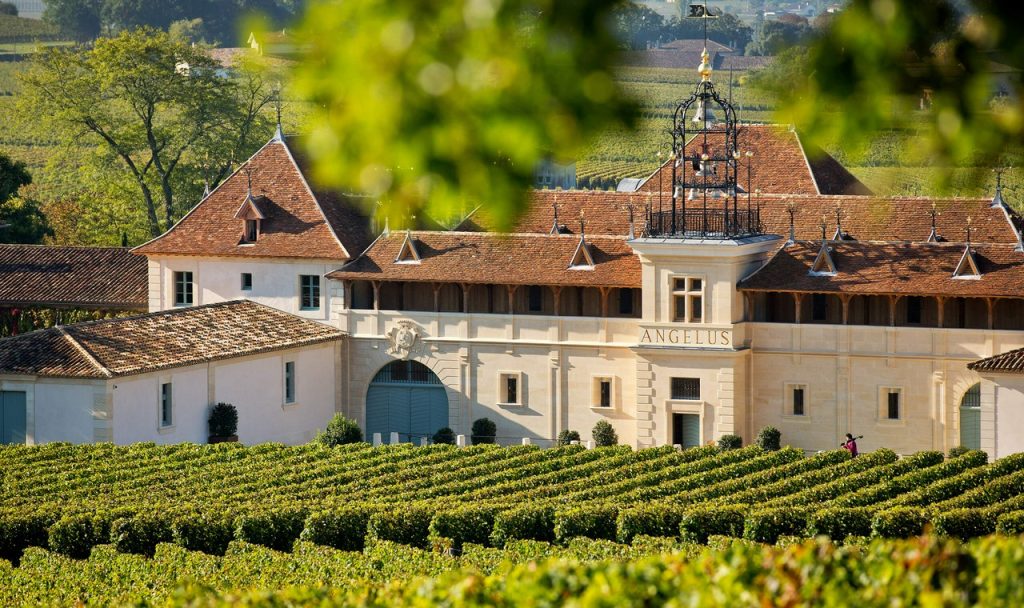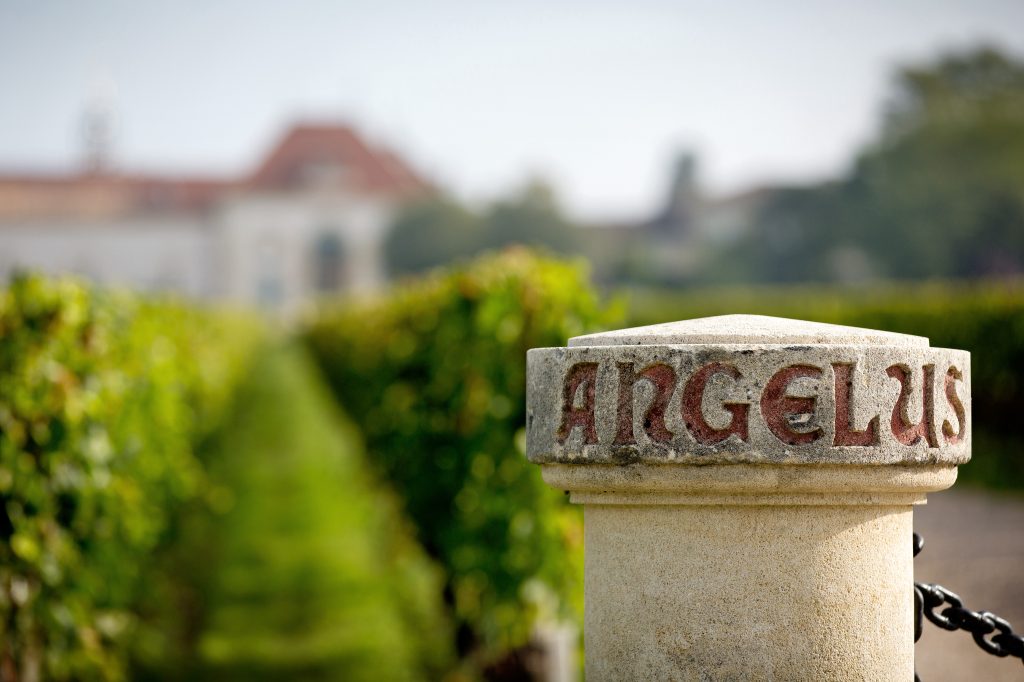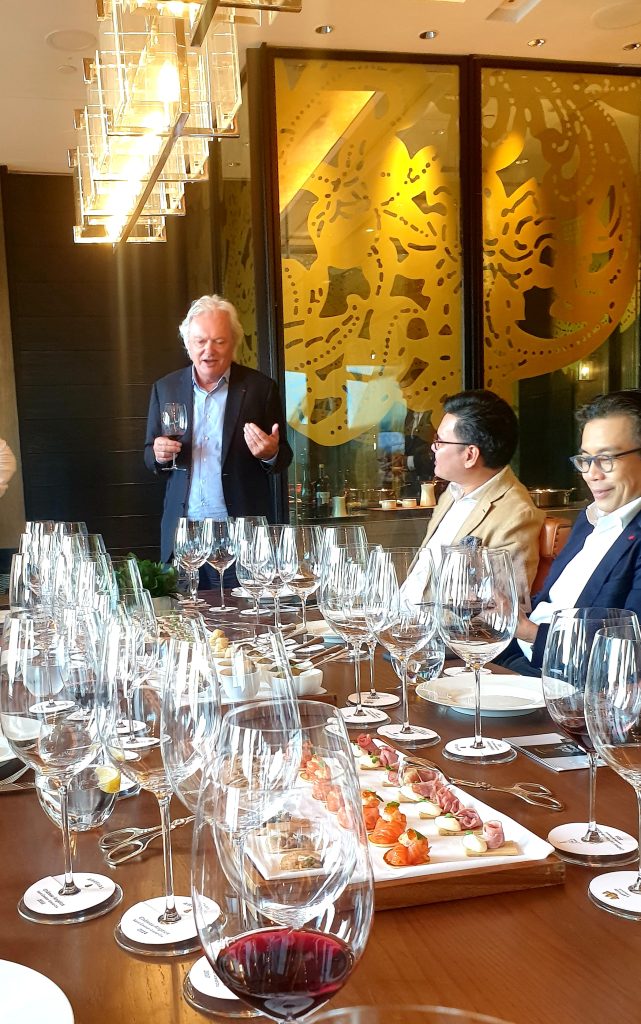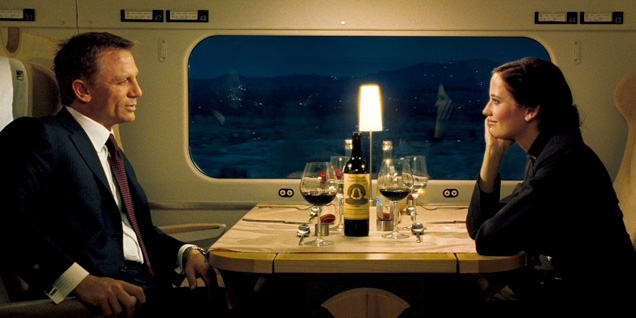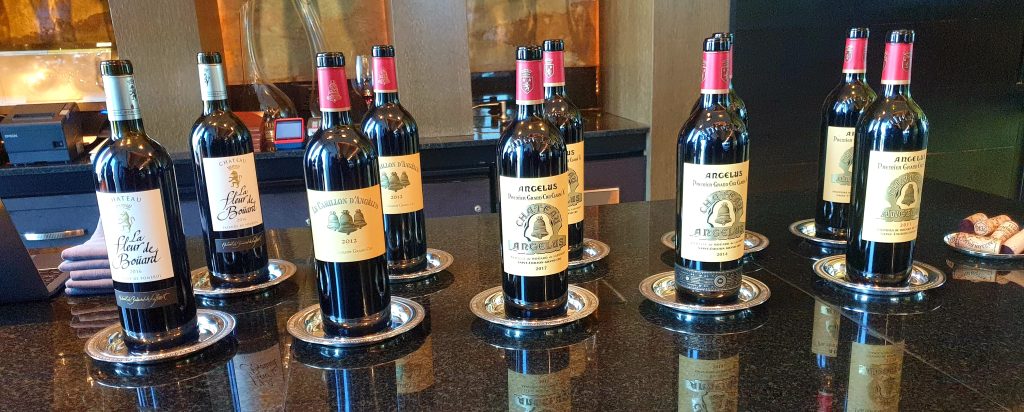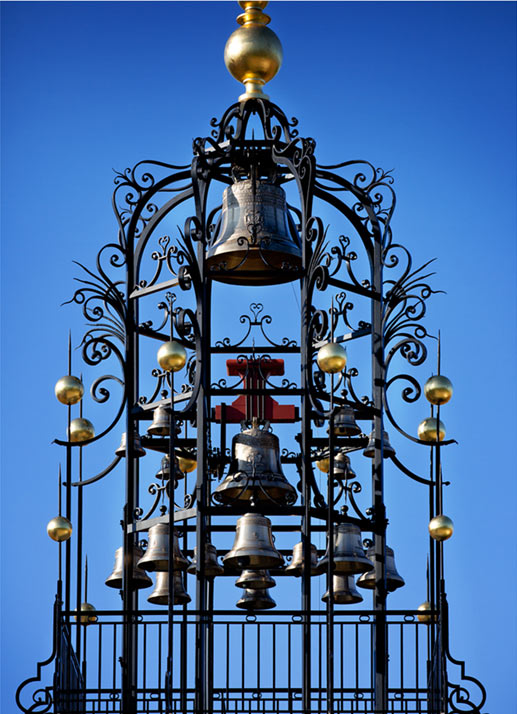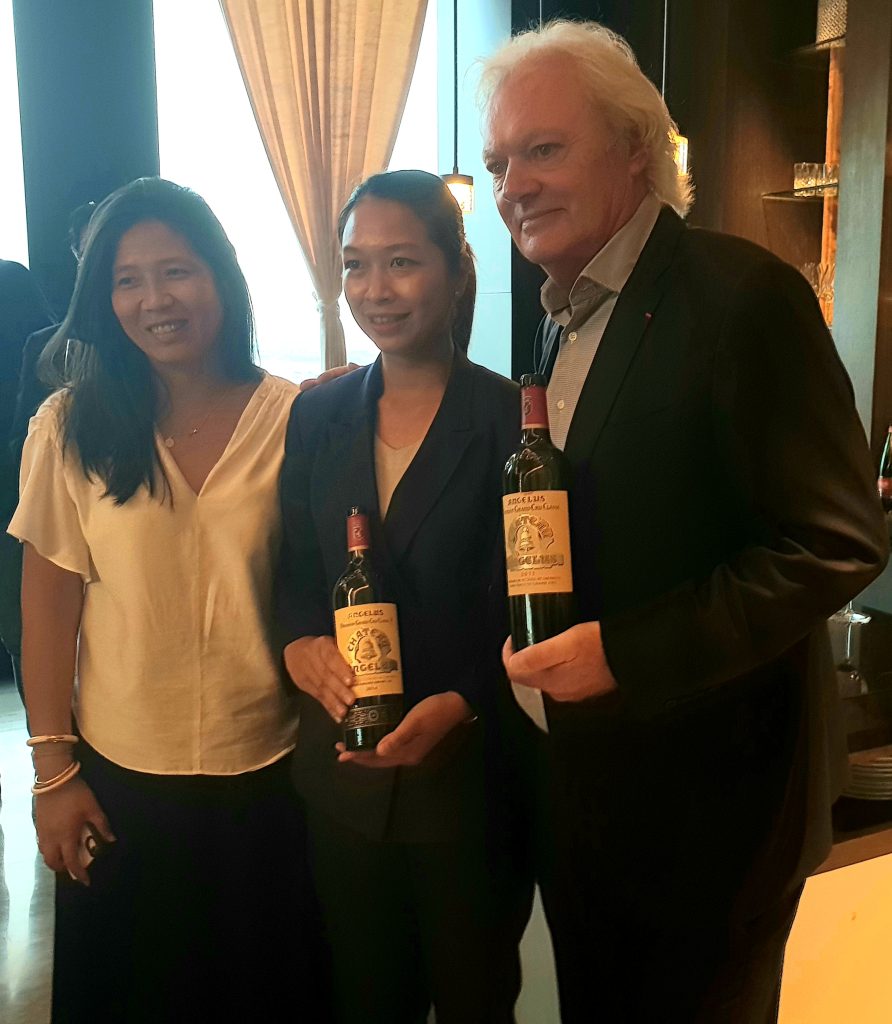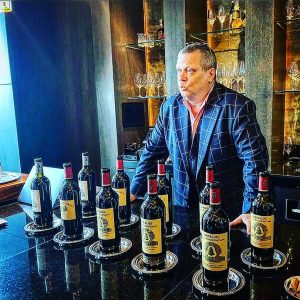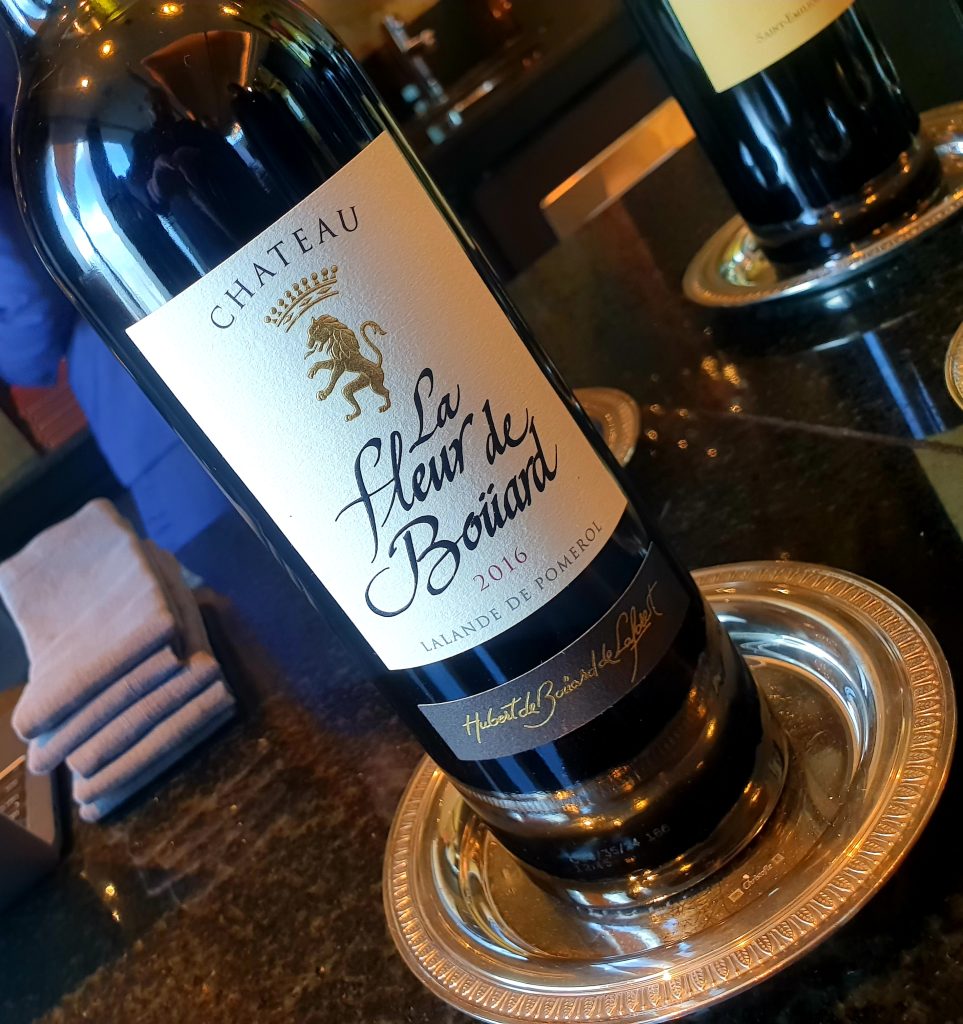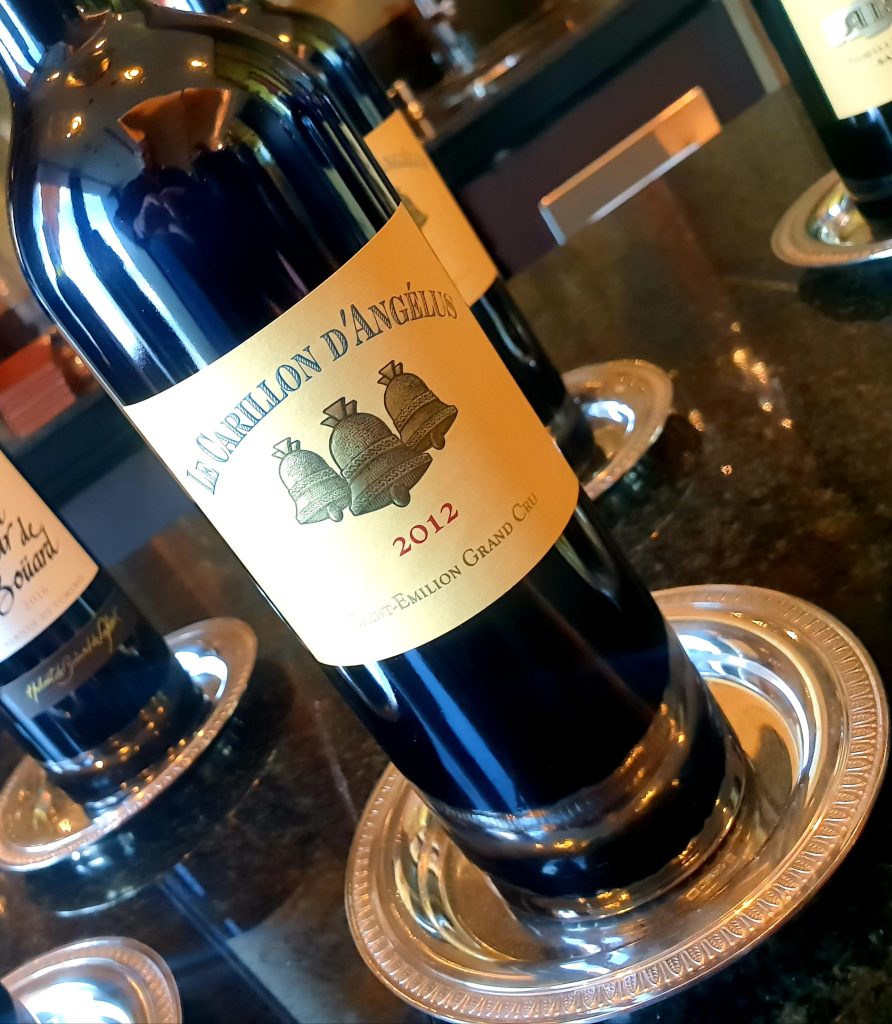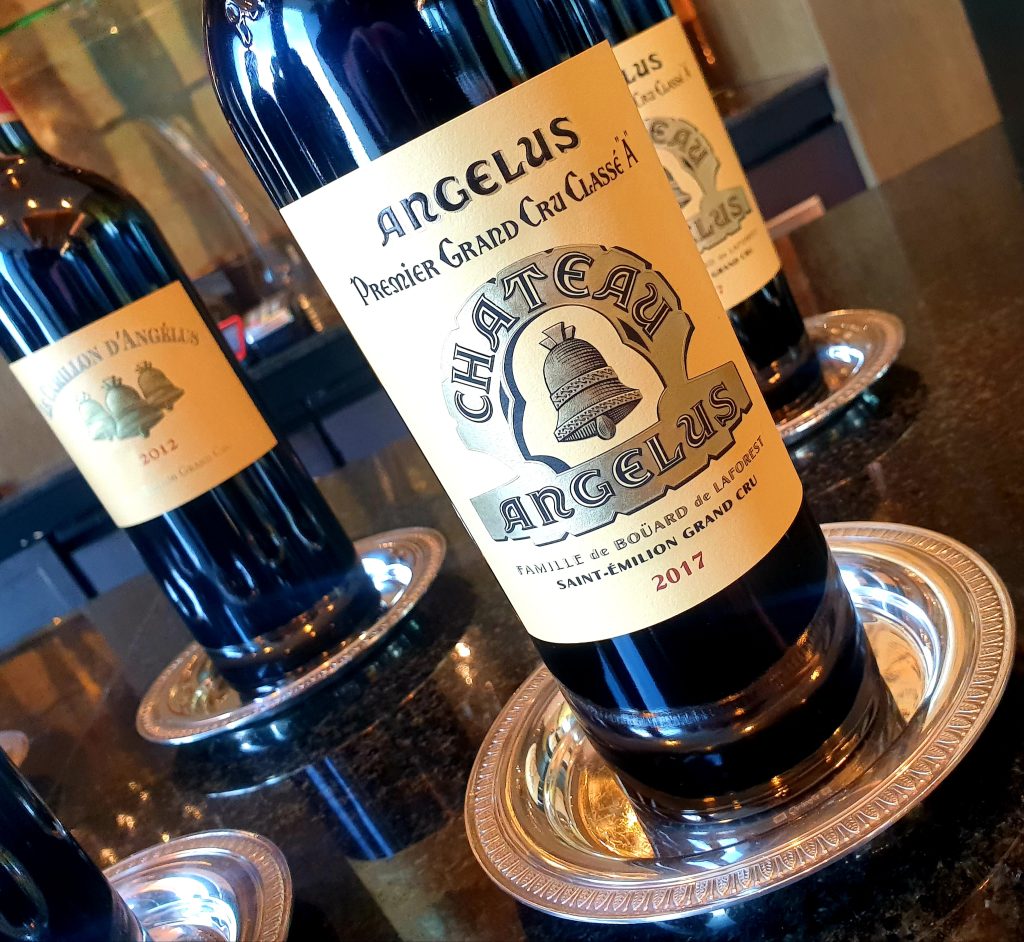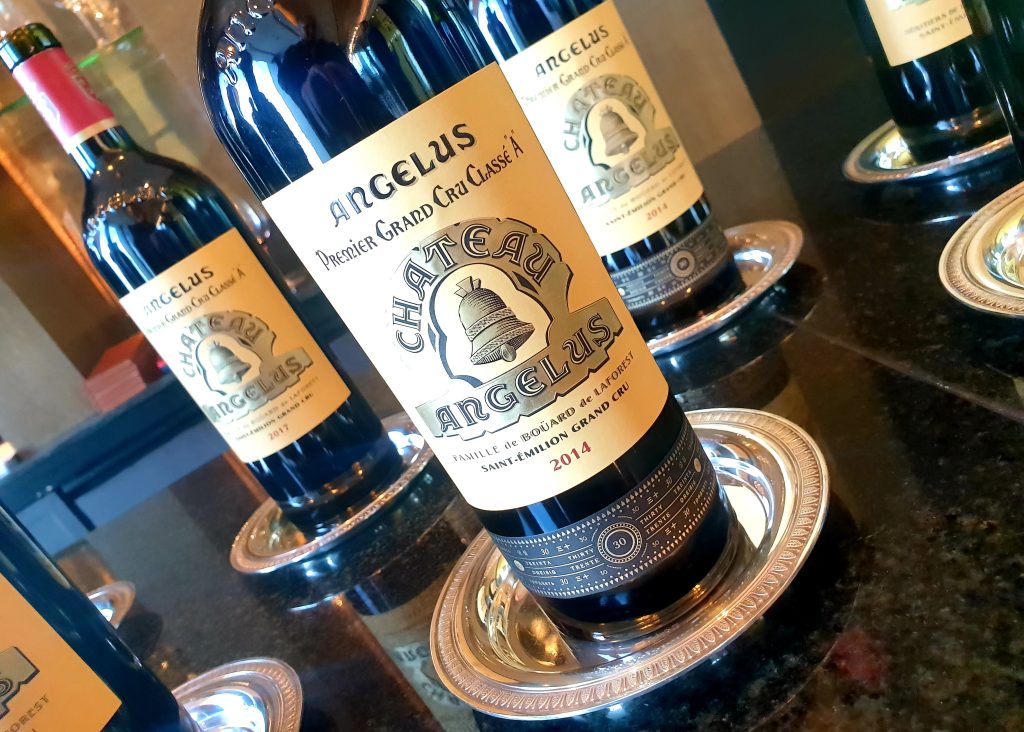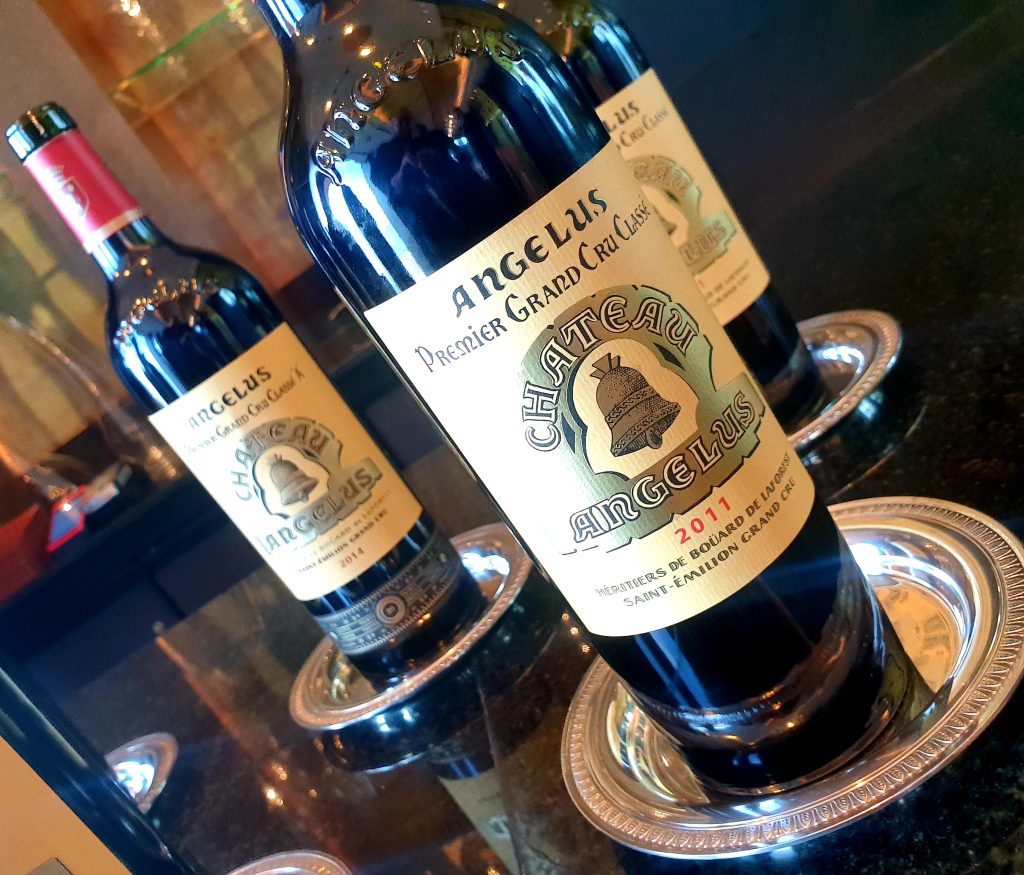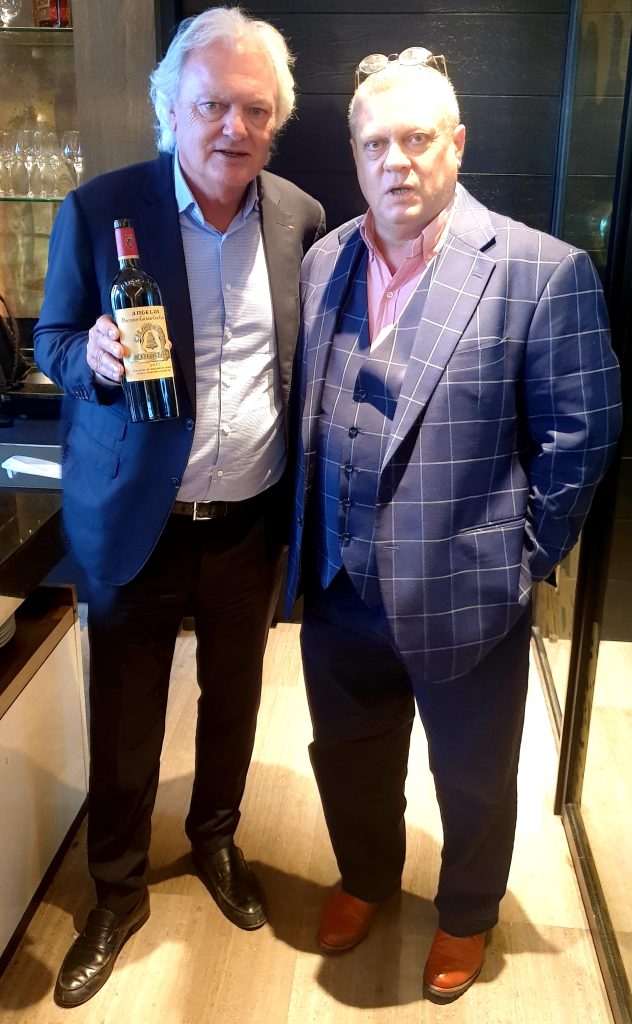A Well-Chimed Visit
“I had an inheritance from my father,
It was the moon and the sun.
And though I roam all over the world,
The spending of it’s never done.”
Ernest Hemingway, For Whom the Bell Tolls, (1940)
The Angelus (Latin for “angel”) is a Catholic devotion commemorating the Incarnation of Christ. As with many Catholic prayers, the name Angelus is derived from its incipit—the first few words of the text: Angelus Domini nuntiavit Mariæ (“The Angel of the Lord declared unto Mary”).
The devotion is traditionally recited in Roman Catholic churches, convents, monasteries, and by the faithful, three times a day: in the morning, at noon and in the evening (usually just before or after Vespers). The devotion is also observed by some Anglican, Western Rite Orthodox, and Lutheran churches.
The Angelus is usually accompanied by the ringing of the Angelus bell, which is a call to prayer and to spread goodwill to everyone. The angel referred to in the prayer is Gabriel, a messenger of God who revealed to the Virgin Mary that she would conceive a child to be born the ‘Son of God’.
On the 26th of November, just a month before Christmas, I found myself high atop Vattanac tower, at the Rosewood Hotel’s outstanding ‘Cuts’ restaurant. Here, a small group of devotees had gathered, as if summoned to church by the pealing of its bells.
In a small private dining room on the 38th floor, high up in the lofty realms of the celestial, we came for communion, for transubstantiation, we came to taste a veritable carillon of wines from one of Saint Emilion’s finest, Chateau Angelus. It was Angelus up with the Angels, and it was also a rare chance to taste the wines with the esteemed owner of the Chateau, Monsieur Hubert de Bouard.
“Keeping time, time, time,
In a sort of Runic rhyme,
To the tintinnabulation that so musically wells
From the bells, bells, bells, bells,
Bells, bells, bells”
The Bells, Edgar Alan Poe
Château Angelus is one of the largest and most venerated estates in St Emilion; the vineyard is situated in a natural amphitheatre, overlooked by the three Saint-Emilion churches. In the middle of this special site, the sounds were amplified, and the angelus bells could be heard ringing in the morning, at midday and in the evening. They cadenced the working day in the vineyards and villages, calling the men and women to stop their pause for a few minutes in prayer.
The great French impressionist painter, Jean-François Millet immortalised this moment of prayer in his magnificent work “The Angelus”, which is now on show in Paris’ Musée d’Orsay.
Michel de Bouard de Laforest, historian, chartist and rector of the Academy of Caen explored the origins of his family. The earliest reference he found to his family tree was with Georges Bouard, born in 1544, a Bourgeois and Jurat of the city of Bordeaux. At the end of the 18th century in 1782, Jean de Bouard de Laforest, a King’s bodyguard, settled in Saint-Emilion. His daughter, Catherine Sophie de Bouard de Laforest, married Charles Souffrain de Lavergne in 1795 and set up home on the Mazerat estate, which belonged to her husband.
In 1910, Maurice de Bouard de Laforest inherited the estate. In 1922, Elisabeth Bouchet the second wife of Maurice de Bouard de La Forest purchased a 3.5-hectare parcel of vines known as Clos L’Angelus, the estate was born. Maurice left this to his sons Jacques and Christian in 1945. The property was classified Grand Cru in 1954.
Today, the vineyards extend to 39 hectares and are less than a kilometre from the St Emilion steeple. Chateau Angelus is planted to 50% Merlot, 47% Cabernet Franc and 3% Cabernet Sauvignon, reflecting an ever-increasing commitment to Cabernet Franc. The site enjoys a perfect southerly exposure with Cabernet Franc planted at the bottom of the slope, where the soils are sandier and warmer, whilst Merlot vines inhabit the limestone-rich soils at the top of the vineyard.
“No man is an island, entire of itself; every man is a piece of the continent, a part of the main. … never send to know for whom the bell tolls; it tolls for thee.”
John Donne From Devotions upon Emergent Occasions (1623)
Hubert de Bouard joined the family business in the late seventies, having graduated from Bordeaux University, where he studied under the celebrated Professor Emily Peynaud. He was joined in 1987 by his cousin Jean-Bernard Grenié, Christian’s son-in-law and later by his daughter, Stéphanie de Bouard-Rivoal.
The estate had a reputation for having made great wines in the 1950s, but in over the coming decades lost its way somewhat, failing to express the full potential of its impeccable terroir in its wines. Having learned from the best, after taking over from his father Jacques in 1988, Hubert wasted no time in completely changing the estate’s approach to viticulture and oenology, rapidly and dramatically changing the quality trajectory of the wines from this estate in the process. He even changed the name from L’Angelus to Angelus.
Hubert increased the vine density in the vineyard, dropped excess fruit, and significantly dropped the yield in the vineyard to improve the quality of the fruit. He picked later, looking for phenolic ripeness, and he undertook rigorous sorting. Fermentation was now done in open-top fermenters, and maturation was in new oak. Other changes continued; better drainage in the vineyard, better clonal selection, a more organic and sustainable approach to vineyard management, in the winery, partial whole-bunch fermentation, extended time on-lees and other new techniques were put into practice, such as (the incredibly labour intensive) hand-destemming and optical sorting followed by hand-sorting. In 2018, Chateau Angelus moved to 100% organic farming. They were certified organic in 2021.
“The temple bell stops,
but I still hear the sound,
coming out of the flowers.”
Matsuo Basho
Saint Emilion classifies its wines every ten years, with Chateau Angelus being classified a Grand Cru classe, by 1996, it had been elevated to Premier Grand Cru classe (B) and in 2012, it was classified Premier Grand Cru classe (A), the highest ranking.
The vineyard is divided into 54 separate parcels; while their vineyards are 39 hectares, only 27 are classified First Growth, the 27 that produce Chateau Angelus. The remaining 12 hectares of vines are used for a second wine; ‘Le Carillon de l’Angelus’ and a third label simply titled No 3.
Hubert de Bouard is also a shrewd marketer of his wines; Angelus was one of the first Bordeaux wines to succeed in Asia, where the prominent golden bell on the label is seen as auspicious.
Château Angelus appears in three James Bond movies, Casino Royale (2006), SPECTRE (2015) and No Time To Die (2021). In 2019, Château Angelus released a Limited Edition 2007 wine in a unique walnut wood and leather case.
In June 2012, Stephanie de Bouard-Rivoal, the daughter of Hubert de Bouard was named executive manager of the estate. During the same time, the estate undertook a complete upgrade of the property, commissioning the renowned architects Jean-Pierre Erath, and Arnaud Boulain. The project included and complete redesign and modernization; the colossal project included the creation of new, completely updated cellars, a reception centre for guests, work on the chateau itself, business offices, and the famous Chateau Angelus Belltower. Much of the work required extensive use of local limestone blocks carved and hauled from the local Frontenac quarry in Saint Emilion.
Chateau Angelus is also committed to fighting wine fraud and counterfeiting. All wines produced from 2014 forward include unique ID chips. Consumers can scan the barcoded chip that informs purchasers of everything they want to know about the wine from that specific vintage, including harvest details and the specific blend. They will also know instantly if their bottle is genuine.
The de Bouard family own other estates in the Right Bank, including Chateau Bellevue in Saint Emilion, La Fleur de Bouard in the Lalande de Pomerol appellation and Chateau de Francs in the Cotes de Francs appellation.
In 2013, the family expanded their holdings in Saint Emilion by purchasing the well-known Logis de la Cadene restaurant. There is also a small hotel, Logis de la Cadene, owned by the de Bouard family and located in the St. Emilion village. The family recently added to their restaurant holdings when in 2019, they purchased the Michelin-starred Le Gabriel, located in the famous Place de la Bourse in the heart of the city centre in Bordeaux.
“This was a big storm, and he might as well enjoy it. It was ruining everything, but you might as well enjoy it.”
Ernest Hemingway, For Whom the Bell Tolls, (1940)
J’accuse
Saint Emilion is reclassified every decade, and at the last classification, Chateau Angelus was elevated to Premier Grand Cru Classe A. During the period of appraisal and selection, Hubert de Bouard was a member of the national committee of the National Institute of Origin and Quality (INAO), which oversees appellations and the classification, and was president of the Grand Cru section of the St.-Emilion wine syndicate (ODG St.-Emilion). He was also a winemaking consultant for eight other vineyards that were classified.
Hubert was charged by three wineries which either missed out on classification or were demoted with having a conflict of interest and, therefore, that he should have excused himself from participation in any of the selection deliberations regarding the classification.
In a landmark case, the court dismissed their complaint, finding no evidence that de Bouard’s influence had directly impacted their demotion. However, the magistrate did fine de Bouard €40,000 for using his position to favour estates in which he had a stake. Hubert thought this ruling very unjust and the entire experience a deeply painful one, telling Club Oenologique in 2021, ‘Over the past 35 years, I have given my time to others, not just Angelus, to be taken to court, to be questioned and accused – that hurts a lot… yes, I took this pretty hard.’
It must be said that the Saint Emilion Classification has always been dogged by controversy, with organisational difficulties, disagreements, disputes and legal action. After the first classification in 1955, the list was to be updated every ten years (unlike the Bordeaux Wine Official Classification of 1855 of wines from the Medoc and Graves regions) following the initial classification; the list was updated in 1969, 1986, 1996, 2006, and 2012. However, the 2006 classification was declared invalid following several demoted wineries’ legal actions, and the 1996 version of the classification was reinstated for the vintages from 2006 to 2009.
After the 2012 debacle (which dragged on through the courts for many years), Chateau Cheval Blanc and Chateau Ausone -arguably the most famous and prestigious chateaux in the region- declared that they would no longer participate in the classification system, sending shockwaves through the industry.
In January 2022, Stephanie de Bouard announced that Chateau Angelus would no longer be a part of the Classification system. Starting with the 2022 vintage, the Chateau would no longer state Premier Cru Classe A on its label.
The Tasting
The tasting was indeed a very grand and splendid affair. With only a dozen or so people in attendance, seated at a rectangular, wooden table in a small, private room, it was intimate, gracious and relaxed. I was able to ask Hubert about the decision to withdraw and its implications for Angelus. He appeared relaxed in his response and at ease with the decision, informing me that he felt there was enough cache, enough consumer-based equity in the brand ‘Angelus’ to carry it through and see it succeed on its own. He also expressed some distaste for a system that he felt was once about gentlemen and friends trying to improve their region by helping each other, but it had now become ‘something else’.
The Wines
La Fleur de Bouard, Lalande-de-Pomerol 2016
Merlot 80%, Cabernet Franc 15%, Cabernet Sauvignon 5%
Medium, bodied red, a lovely fragrant wine with aromas of blackcurrant, and mulberry, with mocha notes, tobacco spice and dried herbs. Primary fruit to the fore on the palate, red berries, black currant, notes of mint and spice with a creamy texture, fine, supple tannins and admirable length. Very attractive.
Le Carillon d’Angelus, Saint Emilion 2012
Merlot 50%, Cabernet Franc 47%, Cabernet Sauvignon 3%.
Deep garnet colour, aromas of red fruits, and a touch of cranberry and blueberry notes as well, the palate show layers of juicy, ripe red fruits with very fine and supple tannin and a hint of minerality on the finish. Very open and approachable, a wine characterised by its ripe, primary fruit characteristics. This is an excellent second-label wine from Chateau Angelus, drinking superbly at ten years.
Chateau Angelus, Saint Emilion 2017
Merlot 70%, Cabernet Franc 30%
Deep, concentrated colour of garnet; aromas are of forest berry fruits, black cherry, boysenberry, cold tea, cooking chocolate and a pinch of garam masala. An elegant, medium-bodied wine, reflective of its vintage, perhaps lacking in the depth of bigger, riper years, it has admirable complexity, grace, and poise. Cassis fruit flavours slide onto the palate, given complexity by notes of mint, tobacco leaf, clove and spice, wrapped up in fine, silky but persistent tannins and a touch of minerality on the finish. A very graceful and enjoyable 2017.
Chateau Angelus, Saint Emilion 2014
Merlot 52%, Cabernet Franc 48%
A tremendous wine, powerful, complex and gracious. The fruit is rich, ripe, and with incredible depth. Deep garnet in colour, the aromas are of dark berries, plum, dark chocolate, coffee grinds, purple figs, black olive tapenade and bourbon vanilla pods. The palate shows a wine with immensely dense and concentrated ripe fruit flavours, yet they hold themselves back and are nuanced, complex, and almost brooding. The whole wine is balanced by firm ripe tannins and harmonious minerality; it has depth, length and a lingering finish of milk chocolate and currants. This is a magnificent Saint Emilion with at least another decade ahead of it.
Chateau Angelus, Saint Emilion 2011
60% Merlot, 40% Cabernet Franc
This was a very difficult vintage for Bordeaux when a poor summer led to much mildew and rot in the vineyards, though more notably on the left bank than the right bank. Many of the 2011’s I have tried can be summarised as being lighter in body and ‘pretty’ early-drinking style Bordeaux wines.
Having said that, the right bank fared a lot better than the left and some outstanding wines were made, this being one of them.
Deep garnet colour: aromas are of forest berries, plum, liquorice, mocha and smoke. The palate shows a medium-bodied red, with attractive red berry fruits with decent concentration and complexity, tannins are fine, and acidity dials up seamlessly to provide a clean finish. Almost a dozen years on, this wine is holding up very well and is drinking beautifully.
Summary
I have been sampling and enjoying Chateau Angelus for almost 30 years, and I have enjoyed their steady and admirable climb to greatness under Hubert de Bouard. It was an absolute pleasure to sit with him and taste and discuss his wines together. His passion, innate and intrinsic knowledge of his terroir and pleasure to share it was a rare privilege and an immensely enjoyable experience, for which I was most grateful.
The wines of Chateau Angelus are of the highest quality and undoubtedly some of the finest in the region, and as the great champions of Cabernet Franc they have carved out their own unique position, wines and status.
There has been much noise coming out of the region about classifications, reputations and regulations. In the end, it is perhaps best to let the wines speak for themselves and in that, I can only confirm that Chateau Angelus well and truly deserves its lofty position both high up here, on the 38th floor of the Rosewood hotel with the Apsaras, (Khmer Angels), and back across the other side of the world, on Saint Emilion terra-firma, amongst its very best.

